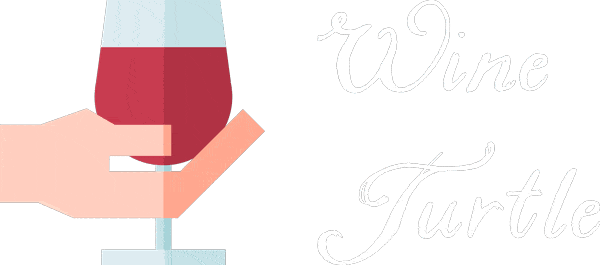13 Amazing Wine Flight Ideas [Comparative Wine Tasting]
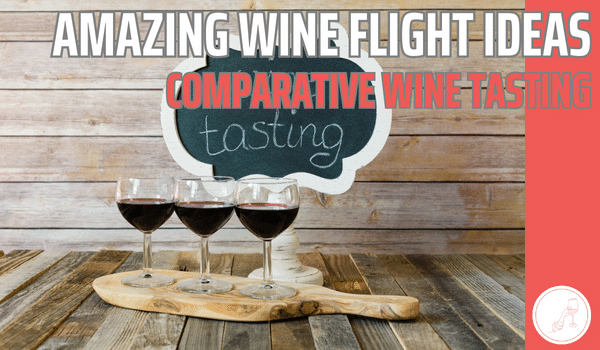
Wine flights are a great way to hone your wine tasting skills in a fun way.
It's a little bit like a wine science experiment, but when done with your friends it's a great way to provoke debate and inspire conversation.
Discover the subtle differences in flavors and aromas in wines by comparing them according to a certain theme.
How does age affect wine? Does oak have that much of an effect? What about New World vs Old World wines? What's the difference between Italian Sauvignon and a French Sauvignon?
These are all awesome wine flight ideas that will train your senses and educate your wine brain.
We'll cover these ideas and a whole lot more in our comparative wine tasting ideas below.
Our Wine Flight Recommendations
Here are some wine flight combinations to try out at your next wine tasting party. There's a good range ideas to suit beginners and also the more experienced wine drinkers.
13. How Does Aging Affect Wine?
This is a really fun one to do and probably one of the most accurate comparisons to make as there are very few variables.
What you need is a wine that is represented over various vintages. The bigger the range in years the better but also the more expensive it will get.
The idea is to compare the effects that bottle aging (cellaring) has had on the wine. How does the 2021 compare to the 1996, for example? Has the wine noticeably matured or mellowed? Is there added complexity to the nose and flavor?
12. How Do Tannins Affect Red Wine?
This is a favorite wine flight idea of ours and it's a really essential one to do if you're near the beginning of your wine tasting journey.
Tannins are crucial to the taste and body of red wine and they give some wines their trademark astringency.
But, the level of tannin in different wines can vary quite dramatically. So what difference does it make? Which red wines are more tannin heavy? Which do you prefer?
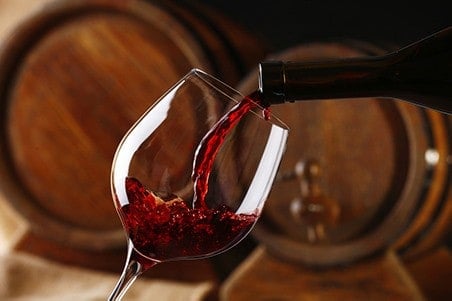
11. Merlot Vs. Cabernet Sauvignon
Despite Merlot being older than Cabernet Sauvignon it has a reputation for being a bit of an inferior wine.
Many enthusiasts claim that there's a huge difference between a Merlot and a Cabernet Sauvignon.
But in reality, these differences are a lot more subtle.
Having both originated nearby to Bordeaux they have quite a lot in common.
They are quite similar in taste and are available in similar qualities.
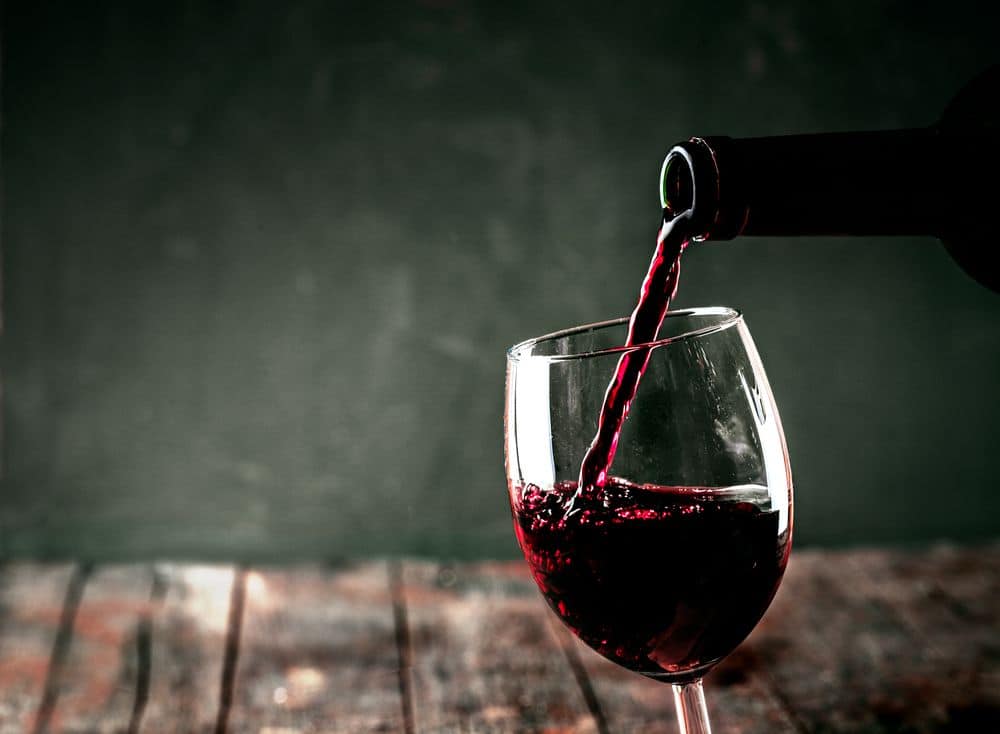
10. Warm Climate Vs. Cold Climate Pinot Noir
The Pinot Noir grape is loved by winemakers throughout the world because of its versatility. Warm climate or cold climate, it's the grape that doesn't care!
However, the effects of climate and terroir can be pronounced on the final product.
Pinot Noir from warmer climates tend to be a bit bolder and have aromas of cherry, while those from cooler climates taste more herbal. But we'll leave that up to you!
A great wine flight idea is to compare the effects of climate on this wine variety.
For this, you’ll need a Pinot Noir from a warm region, such as Italy or Spain, and one from a cold region, such as the Alsace region in France.
While you can choose any wine for this comparison, we suggest Pinot Noir because this grape variety is strongly influenced by the terrain and climate. Taste the two wines and compare the differences in flavors and aromas.
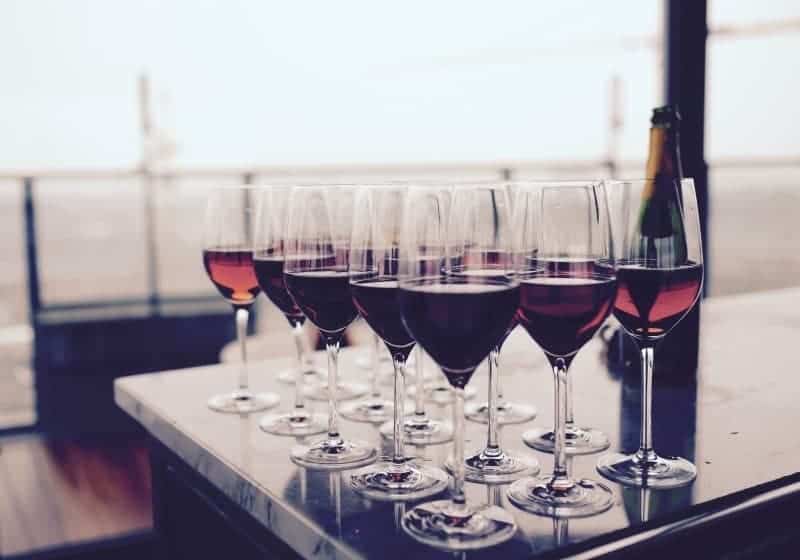
9. California Vs. Italian Zinfandel
Not many know this, but Zinfandel is a type of grape originating in Italy.
In Italy, these grapes are referred to as Primitivo, because this is one of the first grapes to harvest.
Like you might expect, there are important differences to notice between a Californian Zinfandel and an Italian wine.
Even if both regions are renowned for their warm climate, the differences in the soil have a major impact on the bouquet and overall qualities of the wine.
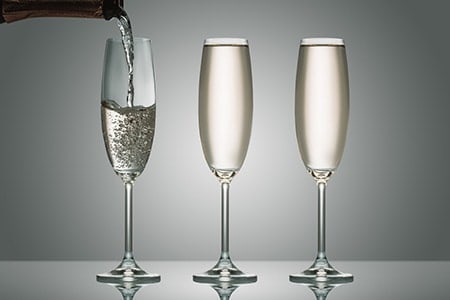
8. Champagne Vs. Prosecco
When it comes to sparkling wines, most people believe that Champagne is just a fancy name for Prosecco.
It’s not.
To compare these two wines, however, you need to source two high-quality wines produced in the right region. They both have strict rules involved to be able to be labeled as they are.
As far as Champagne goes, it needs to be produced in the Champagne region, in France.
As for Prosecco, choose one produced in Veneto or Friuli Venezia Giulia region, in Italy.
We suggest a comparative tasting between these wines because the vinification process is exactly the same.
The difference is in the grapes, and you’ll be able to learn how the raw material can influence the flavors of sparkling wines and the texture of the bubbles.
Learn more about the differences in our guide comparing Champagne and Prosecco.
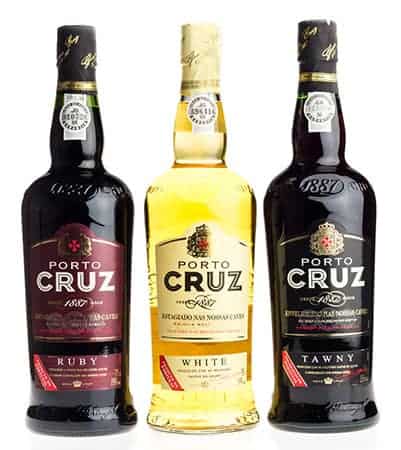
7. Young Vs. Aged Port
Fortified wine is not all that popular so it makes for an interesting comparative wine tasting experience.
It's also a great way to improve your palate by tasting new flavors and having new experiences.
There are profound differences between a young and an aged Port.
Colors change (and even start to disappear after around 10 years in oak), they get sweeter (as water evaporates), and flavours evolve and become more complex.
For the best results, choose two Port wines from the same winery. This way, you’ll know both wines were made from the same type of grapes grown in the same soil.
The comparative tasting will show you how a wine evolves in time, how it changes its body, enhances its flavors and enriches the bouquet.
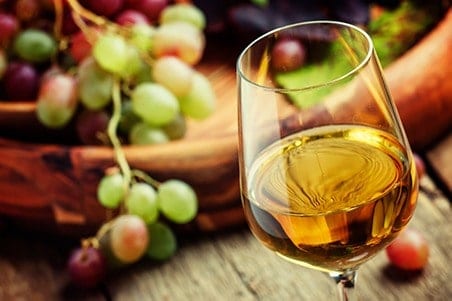
6. Oaked Vs. Unoaked Chardonnay
Oak isn't exclusive to Chardonnay by any means but there is quite a special relationship between the two. You can choose any white you like for this comparative wine flight.
Oak aging has a few effects on wine:
- It adds more oxygen introduces baked crust flavors.
- Toasted oak can add aromas like cinnamon and clove.
- Oak barrels can contain lots of malolactic bacteria which can cause Malolactic Fermentation (which makes the texture richer and produces buttery notes).
Source the wine from the same region (or even better the same winery) but make sure to choose a wine that has been matured in an oak barrel, and one matured directly in the bottle.
You’ll learn how maturation in a barrel can enhance the flavors and aromas of a wine.
If you need some suggestions, don't miss our recommended Chardonnays for less than $20.
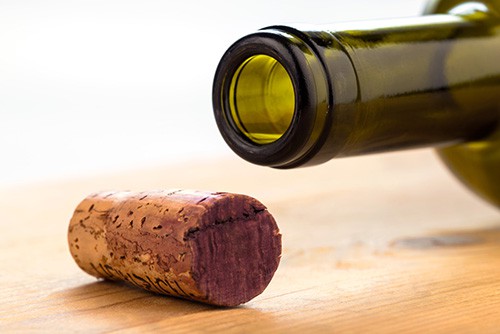
5. Shiraz Vs. Syrah
Two wines, two names, same grapes!
So, what’s the difference? A Shiraz vs. Syrah wine flight will help you understand.
But to reveal a bit of the mystery, Shiraz wine is obtained from late harvested grapes. This makes the wine sweeter and gives it jam and blackberry notes.
Syrah is harvested early, therefore the grapes maintain some of their herbaceous flavors.
The differences come from the different harvest dates and wine production methods.
A comparative tasting can help you discover more about the differences between these two delicious wines.

4. Bordeaux Blend Regions
If you want to add versatility to a wine flight, just make a comparison between Bordeaux blend wines obtained in different regions of the world. France and Argentina are two great regions to compare.
Both countries are famous for their wines, and both of them are famous for their Bordeaux blends. A Bordeaux blend is a Merlot and Cabernet blend.
This wine tasting can help you understand the differences between wine blends in the various wine regions around the world, not only because of the terroir, but also because the proportions of wines, and even the blends, might change.
3. New World Vs. Old World Pinot Gris
Another great wine flight idea is comparing a wine produced in the old continent (i.e. in Europe) with one produced in the new world (i.e. in Americas or Oceania).
We suggest Pinot Gris for the versatility of this wine, but you can choose whatever wine you like best.
This type of comparative tasting will teach you how the terroir influences the bouquet and flavors of the wine.
To identify even greater differences, you could even choose a warm climate and a cool climate one.
For example, you could compare a warm climate Pinot Gris from California with a cool climate Pinot Gris produced in northern Italy.
2. Sangiovese Vs. Petite Syrah
For this wine flight, it is essential to first understand the difference between Syrah and Petite Syrah, since they are not the same grapes.
Actually, Petite Syrah is more similar to Sangiovese, and that makes this a great wine flight comparison to make.
These wines are produced in different countries, and for the best comparative tasting, we suggest picking a Petite Syrah from France and an Italian Sangiovese.
Despite the terroir differences, these wines are very similar. Nonetheless, the subtle changes of flavors and aromas will certainly surprise you.
1. Cold Climate Vs. Warm Climate Riesling
Another cold vs. warm climate wine flight, this time involving Riesling.
To compare the differences of Rieslings produced in different regions, choose one from Germany and one from Southern Italy.
This wine flight will teach you how the warmth of the climate and abundance of sun make this crisp and flavorful wine even sweeter.
The body of the wine changes too, while many other differences can also be noticed during the comparative tasting.
How to Host Your Wine Flight Tasting
The twelve ideas above should have inspired you to make your wine flight, but how to organize a comparative tasting? Obviously, choosing the wines is the first step.
It is essential to choose wines at around the same price point. This will ensure that both wines have about the same quality.
It is also important to serve the wines in similar glasses and treat both wines in the exact same way before tasting.
Remember this is a bit like a science experiment so we want to control as many variables as possible to ensure a good and fair wine comparison.
In other words, if the wine needs decanting, make sure both wines are decanted for the same time and in the same type of container, to ensure a similar oxidation.
When the wines are prepared, pour each wine in a glass and place each glass on a wine flight sheet.
The sheet should contain areas where you can note down your impressions, starting with color and viscosity, to bouquet, flavor, and permanence.
Taste the first wine and note all your impressions on the wine tasting notes sheet.
When you’re done, eat a salty cracker to neutralize your palate, drink some water, and proceed with tasting the second wine.
Note down all your impressions without looking at what you’ve written for the first wine.
When you’re done, compare the two sides of the sheet and see which are the appearance, aromas and flavor differences between the wines in your flight.
Of course, you can make a larger wine flight by comparing more than two wines, but we wouldn’t recommend tasting more than 6 wines at a time.
Now, all you have to do is invite your friends over to learn about wines in a fun way!
